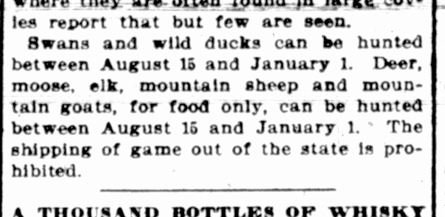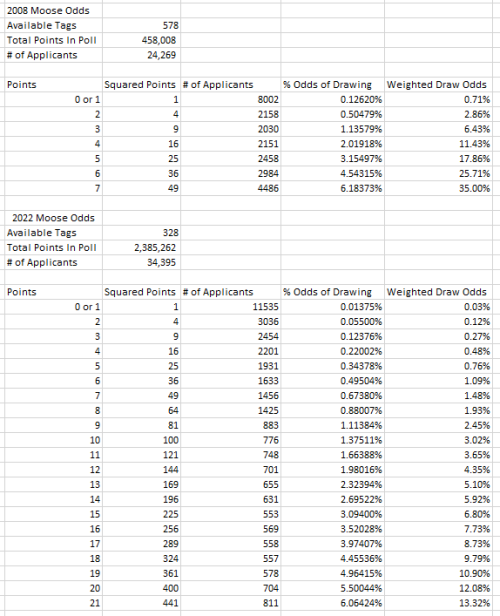BuzzH
Well-known member
I have a late friend that killed 2 goats in the Rattlesnake near Carter Lake.Doing a bit more reading on goats here https://myfwp.mt.gov/getRepositoryFile?objectID=98193
I saw goats in the late 90's there, one big billy near where my friend killed his goats and saw 3 off HWY 200 near Wisherd Bridge, looked like all 3 were nannies. I didn't have my spotting scope that day, so can't be sure. They for sure weren't big goats.
Another strange place my Brother saw a goat was the lower reaches of Burnt Fork Creek in the Bitterroot (east side)...an adult billy.







